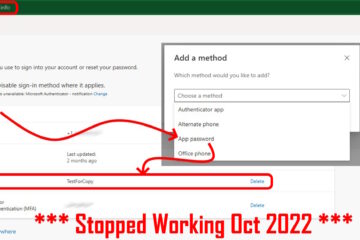The process of developing customer loyalty begins with new user onboarding. An efficient user onboarding sequence keeps users engaged, walks them through a product’s major characteristics, assists with signup, and speeds up the value-add process.
Although it may seem simple, product teams must assess new user workflows with the proper onboarding information and insights to determine their effectiveness. Important KPIs and metrics for onboarding new members provide the data you need to determine what is and isn’t performing for your users so you can make the needed improvements.
In this article, we’ll explain what behaviors to look out for and what metrics to track to measure the success of your onboarding software.
Retention Rate
The retention rate is the percentage of individuals who remain with your product over time. Monitoring this number indicates how well your improvements work since onboarding is crucial to boosting your retention rate.
You can get your employee retention rate by dividing the number of users in a group (i.e., those who signed by the number of those who haven’t moved after one day, one week, one month, and beyond, you can get your employee retention rate.
Users are still active divided by total users is the retention rate.
Enhancing onboarding’s short-term retention rates should be your top focus, especially during the pivotal initial week and month.
Enhancing retention will also aid in reducing turnover, which is essentially the contrary of retention. Use this information to see what keeps individuals returning and who is sticking around so you can build on what is already performing. In the long run, your turnover stats will improve the longer you keep users.
Turnover In New Hires
An essential onboarding metric, new hire turnover, measures the number of workers who quit their roles within their first year. A low new worker churn rate may affect your firm’s reputation and team morale.
Since it might take as many as eight months for a new hire to become effective, minimizing new hire attrition is a crucial metric to monitor and keep as low as possible.
One of the biggest causes of new workers leaving their jobs is a poor onboarding experience. It results in a distracted worker and may also result in subpar performance.
There are two methods for figuring out new hire turnover.
The first is the percentage of overall turnover attributable to new hire turnover.
Rate of Successful Onboarding
The proportion of individuals who complete the onboarding process is known as the onboarding completion rate. Most people should finish the entire process, in your opinion.
Nonetheless, the concept of “completed” isn’t always absolute. People may not need to contact each element of onboarding materials for the onboarding process to be deemed successful if it is remarkably low.
The onboarding completion rate may be poor if the procedure is complicated or drawn out. Even if your onboarding process may have a 100% completion rate, this might still be detrimental to your ability to keep customers.
Productivity Time
Time to productivity can also be a reliable indicator of how well your onboarding procedure functions. This is the length of time an employee has to work at your company before they can be considered a successful employee.
Teams, jobs, and experience will all have different time-to-productivity measures. Nonetheless, you must still set a broad objective that pertains to everyone. Inquire of your management when new hires begin to work autonomously or with limited oversight. This will enable you to measure this statistic accurately. Also, you should check in on new hires frequently to see how they’re doing.
Bottom Line
Software for onboarding makes measuring and tracking crucial parameters and KPIs much simpler. With an onboarding program, you can manage some of the most crucial onboarding parameters and measure employee retention and productivity without using complicated databases or manual data analysis.




0 Comments